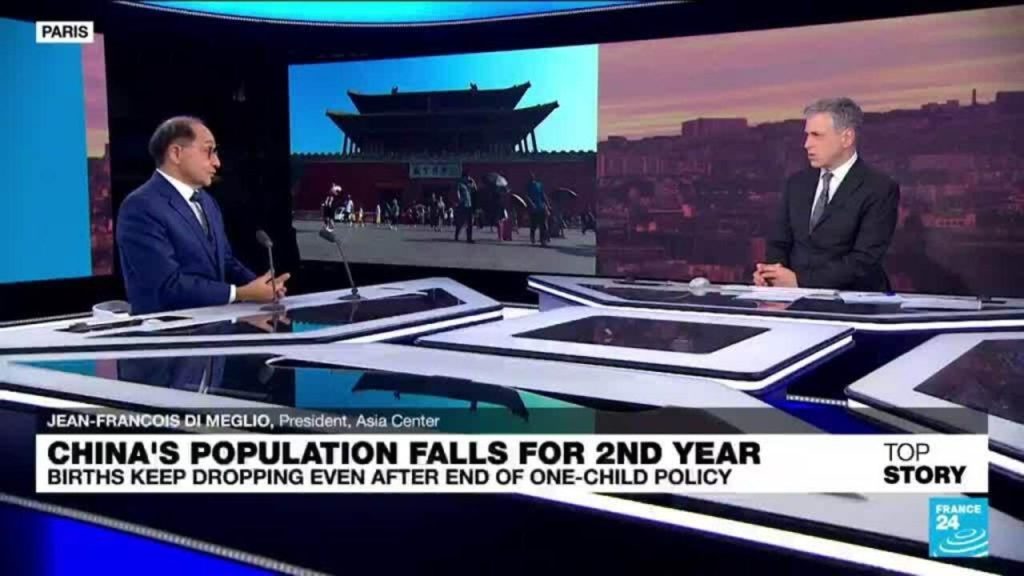Issued on: Modified:

China’s population fell by 2 million people in 2023 in its second straight annual decrease, as births dropped for the seventh straight year and deaths jumped following the end of COVID-19 restrictions, the government said Wednesday. The number of deaths rose by 690,000 to 11.1 million, more than double the previous year’s increase. Demographers said the rise was driven by the aging of the population and the widespread COVID-19 outbreaks that started in December 2022 and continued into February of last year. The total population stood at 1.4 billion, the statistics bureau said. China, long the most populated country in the world, dropped into second place behind India in 2023, according to U.N. estimates. The falling births reflect a decline in the fertility rate that is a long-term economic and societal challenge for China. Women are having fewer babies despite government incentives and the easing of its one-child policy in recent years to allow up to three children. The lower fertility rate, together with people living longer because of better health care, means China is slowly growing older, something that could slow economic growth over time and challenge the government’s finances and its ability to provide for a larger elderly population with fewer workers. Experts expect the population decline to continue for decades, even if the fertility rate rebounds. For in-depth analysis and a deeper perspective on the root causes of China’s population downward trend, FRANCE 24’s François Picard is joined by Jean-François di Meglio, President of Asia Centre and Professor at the Paris School of International Affairs, Sciences Po.


